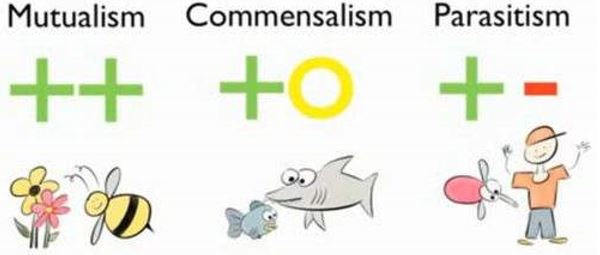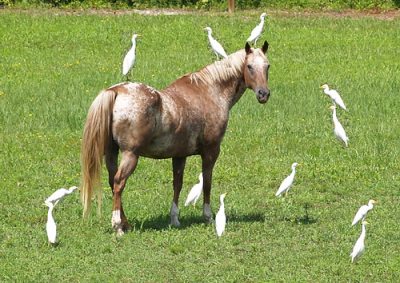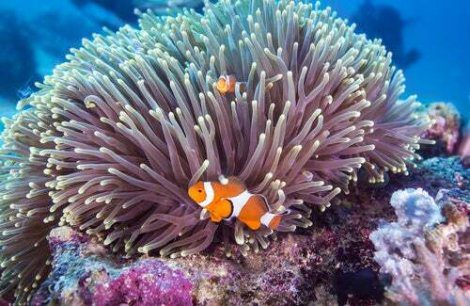Original Article: Il commensalismo: un interazione interspecifica, tutte le peculiarità by Umberto Lazzaro
Types of relationship
Generally, when we think of nature we are incline to refer to various interactions as something wild. In fact, in the course of evolution, different species of the same habitat found themselves competing for certain resources. However, this is not always the case, as some organisms associate in order to survive following three main patterns illustrated in Figure 1.

In particular, in interspecific interactions, we indicate with “+” a positive effect, with “0” a neutral expression of interaction and with “-” a disadvantageous relationship.
If both species benefit from the relationship in “peaceful” sharing processes (++), we are talking about mutualism.
Instead, when one species is favorably influenced by another, which is neither damaged nor favored, the relationship is (+ 0) and is called commensalism.
Lastly, if the relationship is favorable for one species but harmful for the other (+ -), the interaction is defined as parasitism.
Commensalism
The word “commensalism” comes from the Latin word “commensalis“, which means “sharing a table”.

Commensalism (Fig. 2) describes a relationship in which one organism benefits from the other without damaging it. In particular, a commensal species benefits from another species by obtaining locomotion, shelter, food or support from the host species, which (for the most part) does not benefit and is not damaged.
Commensalism ranges from brief interactions between species to lifelong symbiosis. In nature, the commensal relationship guarantees survival and increases the possibility of growth and reproduction of different species.
Types of commensalism
Phoresis
In the case of phoresis we find host species that benefit in terms of protection or locomotion.
A good example of phoresis is given by Naucrates ductor, better known as pilot fish (Fig. 3), whose young specimens coexist with jellyfish, sheltering in the umbrella, taking advantage of the protection and food waste, while the adults tend to follow sharks, sea turtles, rays, eating their waste, providing a contribution to the cleanliness of the host.
Another example of phoresis is given by the remora on the shark or the mites on the insects, again the barnacles on the shells of the turtles. In fact, in these cases usually, one organism exploits the other for transport.

Tenancy
This kind of commensalism is an organization that uses another to stay there permanently. Often, they are species that share common spaces. We are talking about symbiotic organisms, which have gone towards a co-evolution. In fact, some associations between organisms are essential for survival in extreme environments.
A peculiar example of tenancy, Amphiprion ocellaris, known as the clown fish and famous all over the world for the animated film “Finding Nemo”, lives a relationship of mutualistic symbiosis with sea anemones.
Furthermore, Dascyllus trimaculatus is sprinkled with mucus to find protection among the sea anemones, it is an example of tenancy.

Metabiosis
Metabiosis is a commensal relationship in which one organism forms the habitat of another. We are talking about a form of tenancy, where two species coexist in a common space, or there are conditions so that one species can enter and coexist in a space created by another organism and replace it when the other dies.
An example of metabiosis is a hermit crab (Figure 5), which uses a dead gastropod shell to protect itself.
Another example of metabiosis is given by Aspergillus, which saccharifies all the sugar component of the rice, allowing the survival of the yeasts, which subsequently start the alcoholic fermentation which, however, the aspergillus does not survive.

Conclusions
We can assume that commensalism constitutes an association of different species in the same habitat in order to coexist and survive.
Umberto Lazzaro
Sources:
- Elementi di ecologia, Smith, 8° edizione.
- https://biologiawiki.it/wiki/commensalismo/
- https://www.sciencedirect.com/science/article/pii/B0123485304001557
- https://it.wikipedia.org/wiki/Parassitismo
- https://www.verdiardesia.com/articoli/simbiosi.asp
- Cover image: https://pixabay.com/images/id-1923221/